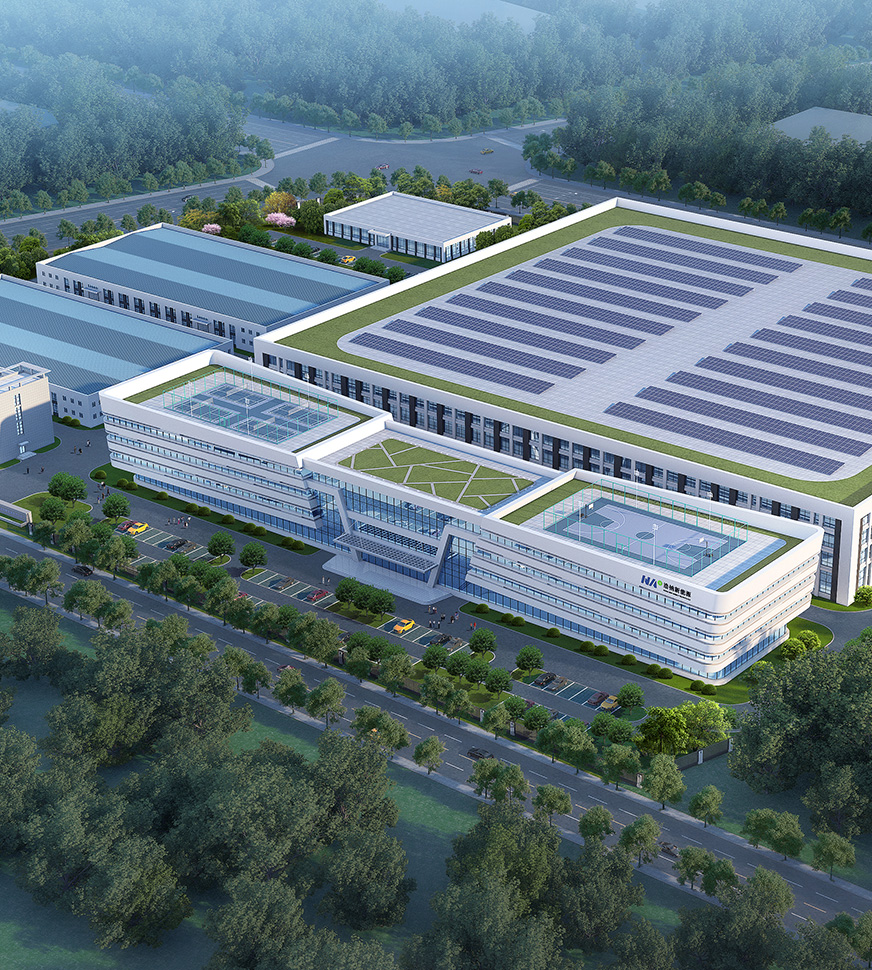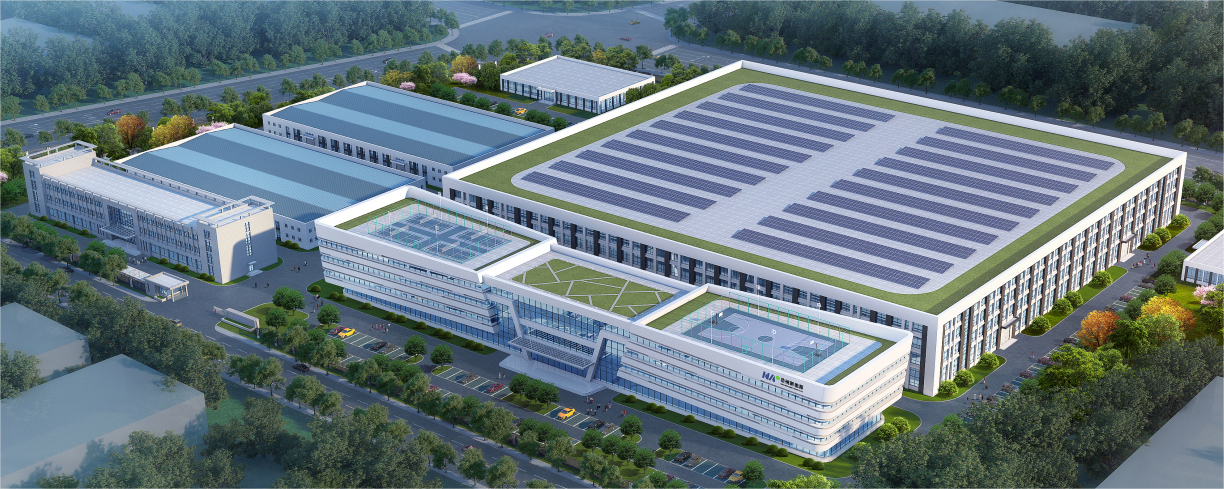

- Home
-
About HoNa
 National Hotline0515-6880-8988
National Hotline0515-6880-8988 -
R&D
 National Hotline0515-6880-8988
National Hotline0515-6880-8988 -
Products
 National Hotline0515-6880-8988
National Hotline0515-6880-8988 -
News
 National Hotline0515-6880-8988
National Hotline0515-6880-8988 -
Contact Us
 National Hotline0515-6880-8988
National Hotline0515-6880-8988
We take your privacy very seriously and when you visit our website, please agree to all cookies used.
New development of frequency transmission technology and application in the field of sodium electricity, the first year of industrialization has come?
Read special client, Shenzhen News Network 2023 May 18 News (Shenzhen Business Daily Chief Reporter, Chen Xiaohui) recently, sodium ion battery circuit frequency came the latest development in industrialization. On May 16, at the fifteen th Shenzhen International Battery Technology exhibition, Bertrand officially announced “Sodium Probe 350”, a hard carbon anode material for sodium ion batteries, and “Bei NA-O 3B”, a cathode material for sodium electrodes, cause the concern of the industry. Just over a month ago, on April 16, the Ningde Times announced that it would launch its first Chery model with a sodium-ion battery. Earlier this month, the company teamed up with Huayu new energy technology to launch its first-generation sodium-ion battery, the extreme sodium 1, and its accompanying vehicle, the Audi extreme sodium S 9.
From upstream raw materials, to battery production, and then to end-use, sodium ion battery is accelerating the industrialization process. According to industrial statistics, the current sodium ion battery industry chain layout of enterprises have more than 100.
In today's lithium-ion battery world, how will the “Attack” of sodium-ion batteries reshape the entire power-cell market? What are the future applications of sodium ion batteries? Will the new energy industry usher in the era of sodium power?
The price advantage is remarkable, many enterprise layout technical route
In July, Ningde times unveiled its first-generation sodium-ion Battery at an online 2021 event and made its first public appearance with its innovative lithium-sodium hybrid battery pack. If the announcement sounded the clarion call of the sodium-ion battery era, two years later, sodium-ion battery ushered in the practical stage. Sodium-ion batteries and lithium-ion battery work in a similar way, mainly through the insertion and removal of sodium ions between the positive and negative electrodes to achieve charge transfer. In fact, sodium electricity has always existed, but due to the large-scale development of lithium-ion battery technology and the maturity of the industry chain, sodium electricity has not received much attention. In recent years, the price of lithium carbonate, the raw material for lithium-ion battery, has been rising and rising. Data from Shanghai Steel Union on May 15 showed that the price of battery-grade lithium carbonate rose by another 17,500 yuan, with an average offer of 265,000 yuan per ton, up more than 47% from the offer of 180,000 yuan per ton on April 26. This price has been after several rounds of figures, the peak, lithium carbonate price of about 550,000 yuan/ton.
The high price, let the market to look at the lower cost of sodium ion batteries. According to Joaquin Securities Research, sodium-ion batteries than lithium-iron phosphate battery raw material costs about 30% lower. Compared with lithium, sodium is very abundant in nature. At present, many enterprises layout sodium ion battery technology lines and production lines. In addition to Ningde Times, the company said it was testing sodium-ion batteries in cars, and last August it upgraded a new, semi-automated, demonstration battery-testing line, the cell test line has lithium, sodium, solid-state battery preparation capabilities and dry-process electrode fabrication technology, which can provide a one-stop solution for the combination of positive and negative electrode materials and cell development of sodium ion battery Tongxing environmental protection said recently that the company's pilot scale-up experiments on the cathode materials and battery products for sodium ion batteries are progressing steadily, with a view to achieving mass production as soon as possible. Global demand for sodium-ion batteries is projected to grow from 3.6 gwh of 2023 to 65.8 gwh by 2025, according to Joaquin Securities Research.
They are not“Replacements” for lithium, but complementary
Will the strong momentum of sodium-ion batteries impact the lithium-ion battery? Will lithium-ion batteries be completely replaced in the future? According to Dr. Lee, an R & D engineer at Bertrand, the sodium battery is not a replacement for lithium-ion batteries, but a complementary relationship. Although sodium-ion batteries offer lower costs and better low-temperature performance, Dr Lee told reporters that the energy density of sodium-ion batteries is lower than that of lithium-ion battery batteries, and the energy density of the batteries, determines its endurance.
“Sodium-ion batteries and lithium-ion battery have their advantages and disadvantages, and their application scenarios are not the same,” said Dr Lee, adding that the advantages of sodium-ion batteries lie in their magnification and low-temperature performance, while the disadvantages are that their battery life is relatively weak. “For example, a lithium-electric car might run 600 to 700 kilometers, while a sodium-electric car might only run 300 to 400 kilometers, and its range would be almost half that. But if you just commute between cities and don't run long distances, that's actually enough,” Dr. Li said, in the future, the cost of sodium-ion battery is expected to be further reduced with the development of sodium-ion battery industry. “Large-scale energy storage plants are now powered by wind and solar power, which is clean but intermittent and may be unstable. In the future, sodium electricity could be used for large-scale energy storage after solving key technical problems,” said Dr Lee.”. The reporter noted that in March this year, the Guangdong provincial government issued the“Guidelines for promoting the high-quality development of the new energy storage industry in Guangdong Province”, which clearly mentioned that, “Accelerate the development of sodium ion energy storage battery industry” and“Accelerate the layout of the sodium ion battery field.
In the field of two-wheeled electric vehicles, the current market is mostly loaded with lead-acid batteries. “Sodium batteries have a higher energy density, are more environmentally friendly and charge faster than lead-acid batteries,” Dr. Lee said. Industry insiders also said that under different segmentation scenarios, sodium will carry out a large number of lead-acid batteries to replace the big market, lithium-ion batteries can not cover the low-end market to supplement.
The first year of industrialization? Many enterprises are still waiting
Some say 2023 was the first year of the sodium battery industry. Although many practical applications to the market, but the industry experts believe that the current scale of the sodium battery industry has not yet formed. At the fifteen Shenzhen International Battery Technology Exhibition, reporters interviewed a number of battery companies and found that most of them were engaged in R & D and production of sodium ion batteries, but not many had achieved mass production. “We have been developing sodium batteries, but it is still at the laboratory stage. Although we have the production capacity, we still have to look at market demand and conditions,” a guangdong-based company involved in battery material development told reporters.
“The price of raw materials for lithium-ion batteries is also fluctuating. If the price of lithium-ion batteries can drop significantly, it may weaken the cost-performance advantage of sodium-ion batteries, so it is not clear when mass production will take place. We are also looking at the situation,” said another company at the exhibition. According to Chen Jia, an independent international strategy researcher, assuming no major breakthrough in the production of sodium-ion batteries in the short term, once the price of lithium carbonate falls to the break-even point of 100,000 yuan per ton, the overall price of lithium-ion batteries will be about the same as that of sodium batteries, and some of the most price-sensitive battery manufacturers will be caught in the dilemma of whether to invest in sodium batteries for continuous replacement.
But the stage of industrialisation has already begun. Many companies told reporters at the exhibition, although the sodium ion battery has not yet fully formed scale, but this is still the future development trend. Industry experts said that in the future, to guide the healthy and orderly development of the sodium ion battery industry should be in the core technology research and development, low-cost preparation, large-scale industrial applications and other sustained efforts.
Can sodium ion batteries bring a new revolution to the new energy industry? Look forward to it.
Hot News
-
The Forum on the development of a new type of energy sto...

Driven by industrial policy and market demand, the new energy storage industry ...
2023-09-01
-
New development of frequency transmission technology and ap...

Read special client, Shenzhen News Network 2023 May 18 News (Shenzhen Bu...
2023-09-01
-
New energy storage capacity is expected to reach 20 GW, m...

“By the end of June, the cumulative installed capacity of new types of energ...
2023-09-01


